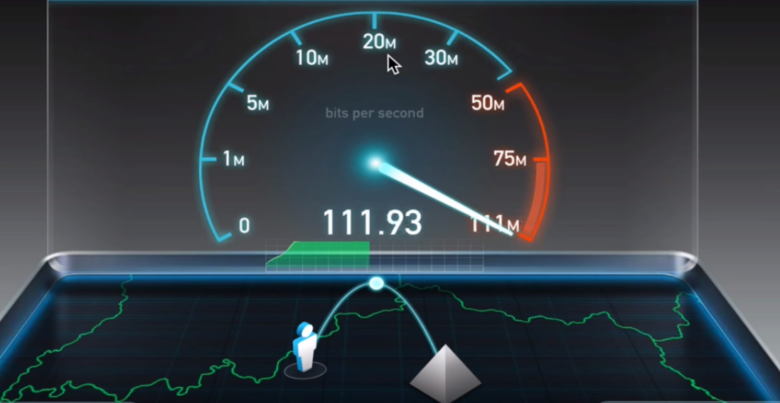The internet has become an integral part of our lives. We use it for daily conveniences, to conduct business, for learning new information, and many other things. When it comes to the importance of internet reliability, not all activities are equal. Some activities are much more computationally intensive and require greater bandwidth. The larger the bandwidth, the faster or more reliable our internet connection will be. Of course, most people don’t think about the speed of their internet and all the factors that can affect it, until their connection starts to slow down. Poor internet connection can break our sense of immersion with our devices. If the connection is especially poor, it can prevent us from connecting to the internet at all, setting us back to the stone age era.
Many professions, especially entrepreneurs and freelancers rely on dependable internet speeds to conduct their work. A terrible connection can slow down progress and throw off business. One prominent example is video editing and uploading, which require above-average internet speeds for reliable performance. Videos are generally memory intensive and therefore take longer to process. Processing times can become exponentially longer with slower internet speeds. This rings most true for uploading videos on a public platform that shares common servers. For work that solely relies on the person’s own network, it is important to invest in high-quality internet service. They will be able to provide a list of options for high connectivity speed. On the other hand, a poor service may suffer from slower speeds.
This is where the concept of bandwidth comes into play. When talking internet speeds, it is important to recognize that the internet speed is determined by a network’s bandwidth. Network devices such as routers have a bandwidth limit, which is the maximum amount of data that the device can transmit and receive. Each device that uses the network uses part of the bandwidth. If too many devices use the same network, this will cause the connection speeds to slow down. More expensive network devices will be able to transmit and receive data at faster speeds and accommodate more devices.
We’ve all experienced the effects of a terrible internet connection. There are some activities where this is detrimental to the experience, such as streaming video games. This is more computationally intensive than streaming videos. With videos, it’s a matter of processing the visual and auditory information, which is already a complex process that demands high speeds. Video games require the same thing but must be done in real time, in addition to accepting inputs from peripheral devices such as a keyboard, mouse, or controller. If speeds are not fast enough to support all of these operations, things like buffering and lag start to occur. This is particularly detrimental to a gamer, especially if they are a professional. Most professional gamers must make decisions in a matter of milliseconds. If a player on the other side of the world has a better connection, the image on their monitor is the most recent. The player with a slower connection is lagging the current image by a few milliseconds or more, which means they cannot react in time to the opposing team’s next move.
Internet speeds are especially important for a business that shares many devices on similar networks. This is because there are certain processes that must always be going. These processes may be a centralized database that holds the company’s information or it can be a processing unit that controls other operations. If the performance of these mechanisms is comprised due to slow internet speeds, this leads to a host of problems including data corruption and vulnerability to cyber-crimes. Government operations use much more advanced wireless networking technology to avoid these issues.
The internet has changed how we live our lives. Many of us watch television on our computers or phones. We shop for products online. Most of us learn by looking up information on the web. In fact, more schools are introducing electronic devices as the primary medium for teaching and learning. Many phones are hotspots for connecting to Wi-Fi on the go. Due to the increased dependability of wireless technology, it’s very likely that we will continue to see advancements in the communications field.


